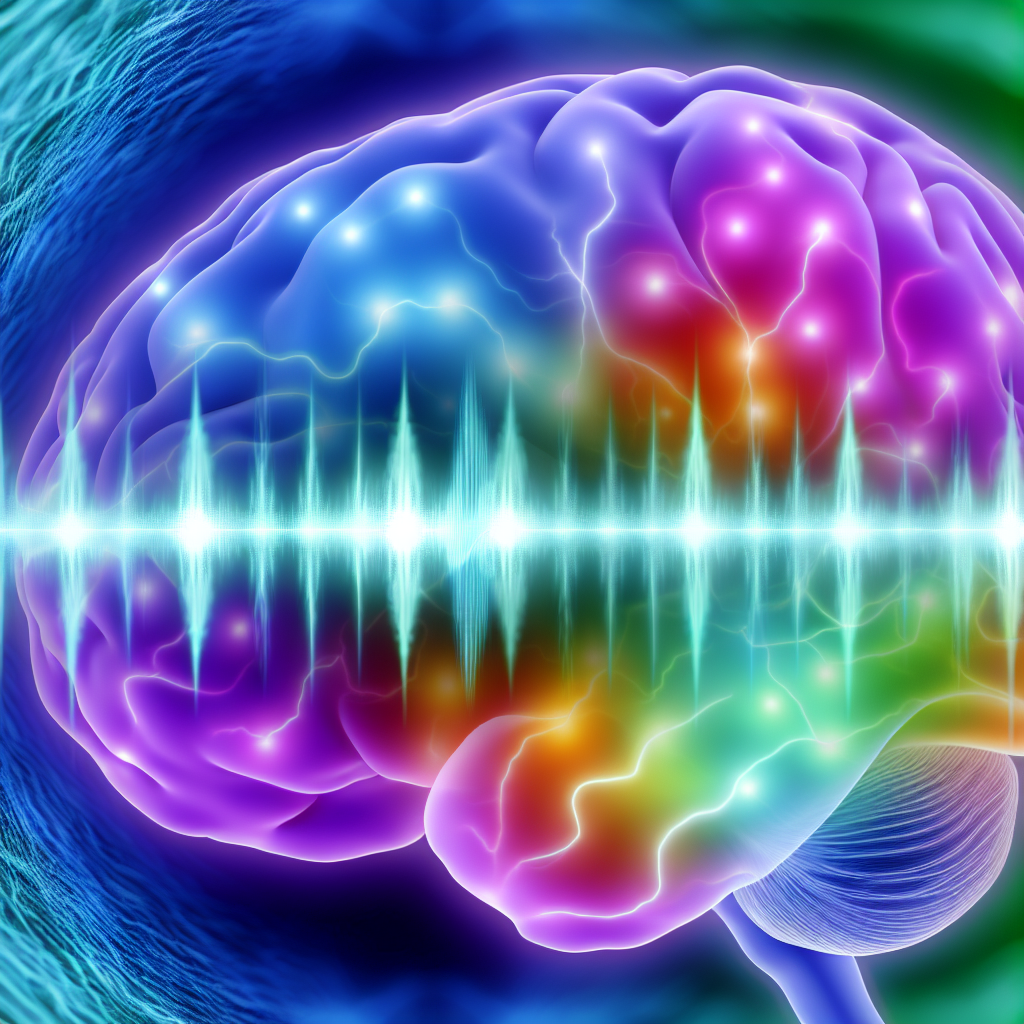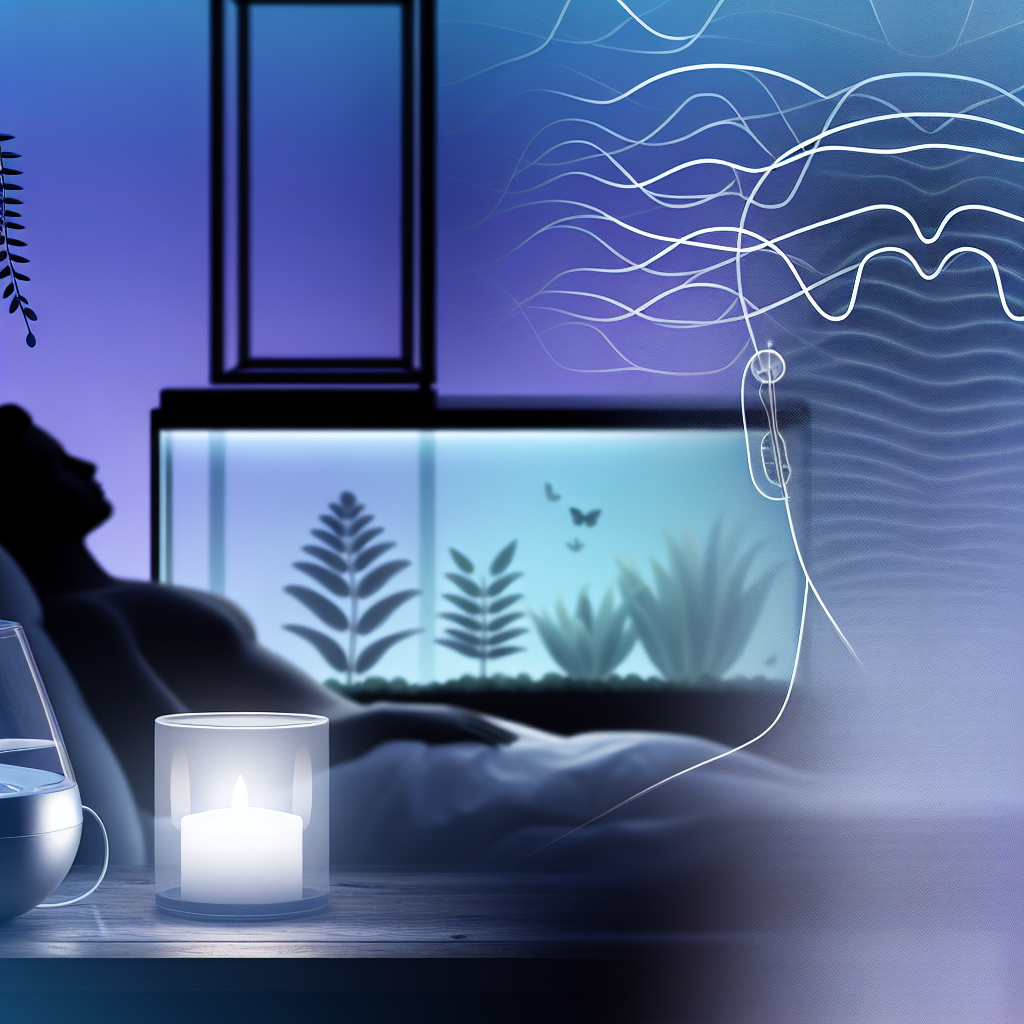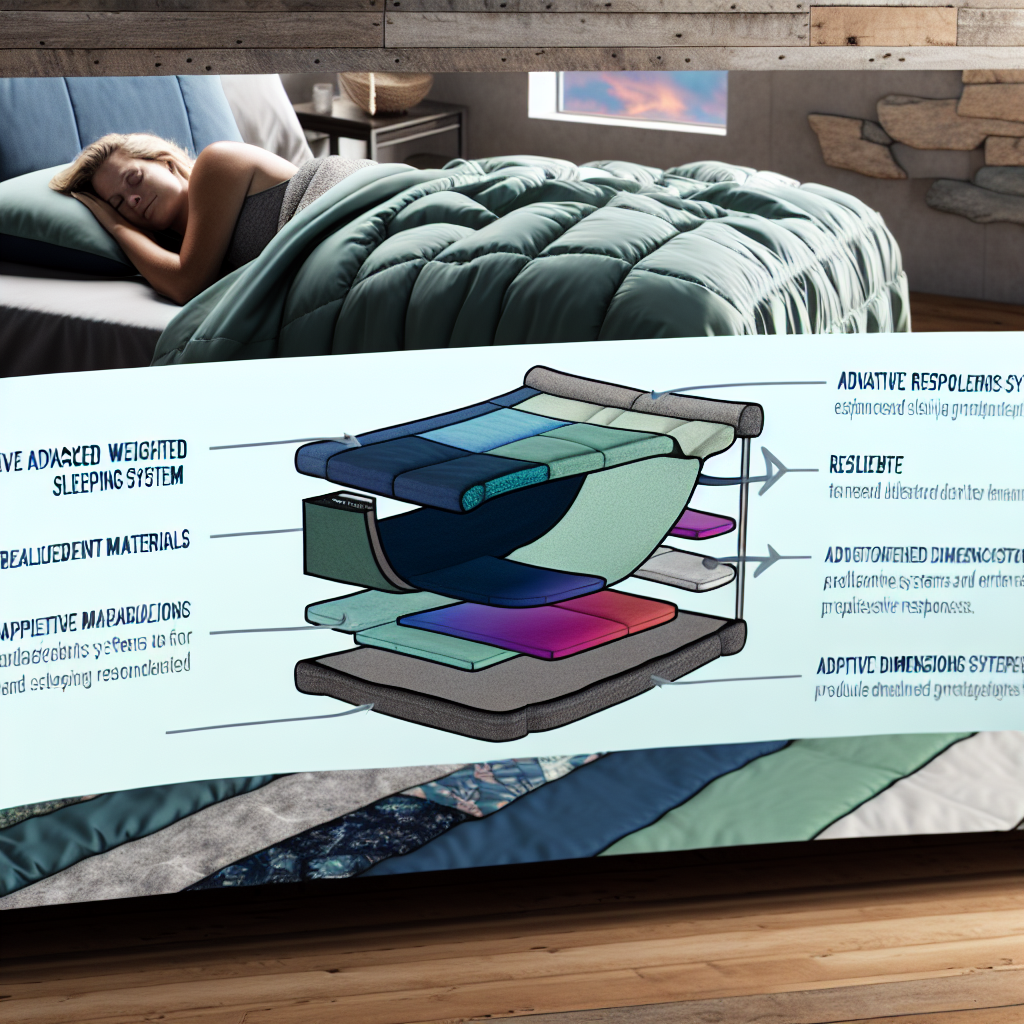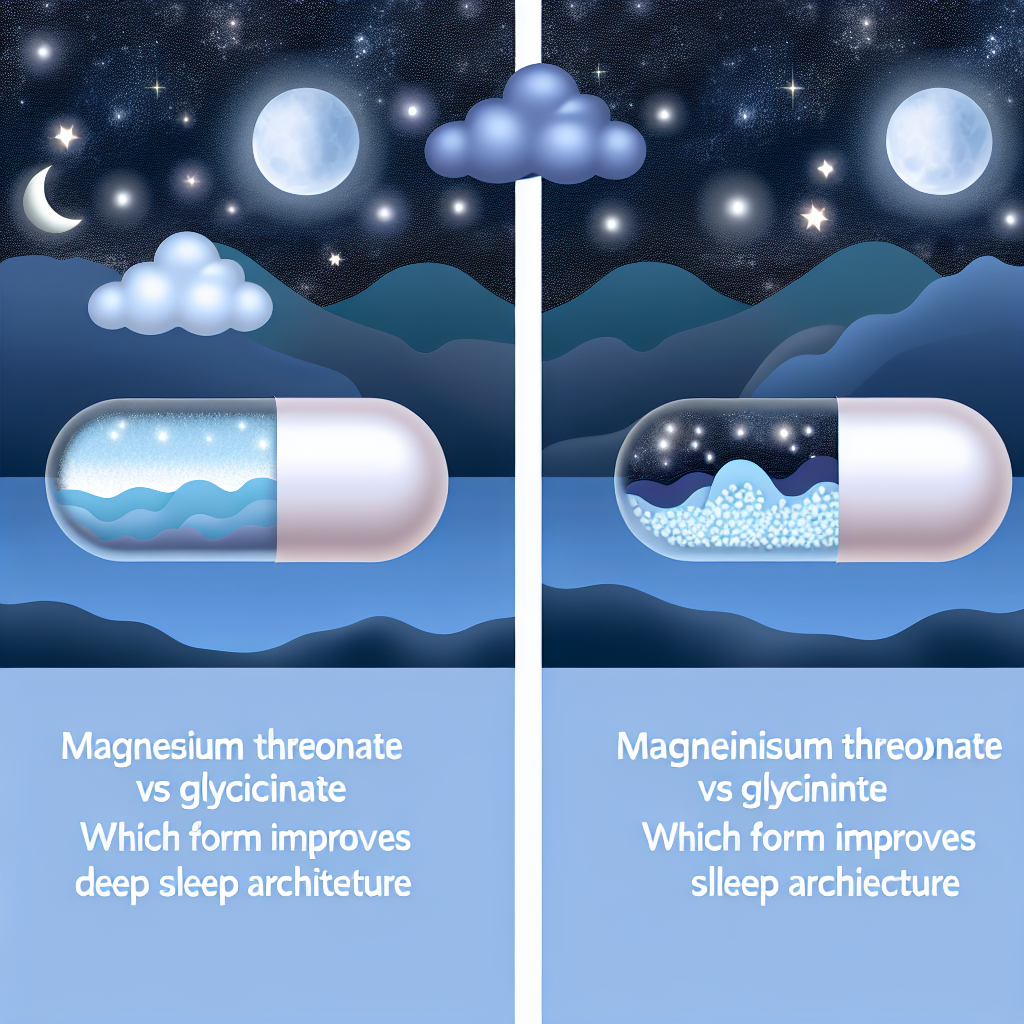Here is the blog article with the requested changes:
Sleep Spindle Enhancement: Acoustic Stimulation Frequency Guides
Sleep Spindles Unlocked: The Science of Smarter Sleep
Sleep plays a vital role in our physical health, cognitive performance, and emotional well-being. Among the various stages and features of sleep, one lesser-known yet intriguing phenomenon is the sleep spindle. Sleep spindles are short bursts of brain activity that occur predominantly during stage 2 of non-REM sleep. These brief oscillatory events, typically ranging from 11 to 16 Hz (cycles per second), are believed to be essential for memory consolidation, sensory processing, and overall sleep maintenance.
Recent advancements in neuroscience and sleep medicine have shed light on how enhancing sleep spindles may benefit brain function and sleep quality. One promising approach under investigation is acoustic stimulation—a non-invasive technique using specific sound frequencies to synchronize with the brain’s natural rhythms. By delivering timed auditory stimuli during sleep, researchers aim to reinforce spindle activity, leading to improved memory performance, deeper sleep, and even potential support for neurodegenerative conditions like Alzheimer’s disease.
How Acoustic Stimulation Works: Tuning Your Brain for Better Rest
Acoustic stimulation leverages the principle of entrainment—synchronizing brain activity with rhythmic external stimuli. During non-REM stage 2 sleep, when sleep spindles naturally occur, researchers introduce sound pulses that mimic the spindle waveform. These pulses are typically in the 12–15 Hz range (fast spindle frequency) and can be optimized for different individuals based on EEG monitoring of their brainwaves.
Timing is critical. Delivering auditory tones in harmony with the brain’s endogenous rhythms can boost existing spindle production or trigger new spindle events. By coordinating the stimulation with slow-wave oscillations (typically around 0.8 Hz during deep sleep), scientists optimize how spindles naturally synchronize with the brain’s sleep architecture to enhance memory and repair functions.
Breakthrough Research: What the Science Says About Sleep Spindle Enhancement
The science of targeted acoustic stimulation is rooted in decades of neurophysiological research. The foundational understanding of sleep spindles emerged from early electroencephalography (EEG) studies that revealed rhythmic bursts of 11–16 Hz oscillations occurring during NREM stage 2. These spindles are generated in the thalamic reticular nucleus and are thought to shield the brain from external noise, facilitate synaptic plasticity, and support memory consolidation.
One pivotal study led by Ngo et al. (2013), published in Neuron, explored the use of closed-loop auditory stimulation designed to match the frequency and timing of slow-wave and spindle activity. The results were compelling. Participants receiving well-timed acoustic stimulation exhibited a significant increase in sleep spindle activity, and post-sleep memory tests showed improved recall performance compared to sham control.
In a more recent 2020 study published in the journal Sleep, Papalambros et al. investigated older adults and discovered that acoustic stimulation at approximately 0.8 Hz during deep sleep increased both slow oscillation robustness and fast spindle amplitude (12–15 Hz). Notably, this led to measurable improvements in declarative memory after a single night of stimulation.
Target Frequencies: What Works Best for Boosting Spindle Activity?
The current scientific consensus points toward the fast spindle frequency band of 12–15 Hz as the most effective for spindle enhancement. When paired with deep sleep stimulation at about 0.8 Hz, these tones help strengthen brainwave patterns crucial for memory and cognitive retention. These findings offer insight for developers of consumer-friendly sleep devices aiming to deliver real-time, personalized sound cues during rest.
However, one size doesn’t fit all. Personalization is increasingly emphasized in sleep tech research. Each person’s sleep architecture is distinct, making individualized frequency detection and adaptive timing critical for maximizing the benefit of acoustic stimulation. Technologies that incorporate EEG feedback loops and AI algorithms are likely key players in advancing this field.
Applications Across Ages: Kids, Adults, and Cognitive Health
Enhancing sleep spindles has promising applications across various age groups. For children and students, increased spindle activity may support learning and academic performance. As studies like Fattinger et al. (2019) have observed, children’s brains are particularly sensitive to sound, underscoring the potential value of carefully tuned acoustic enhancement during school years.
For older adults and those at risk of memory decline or neurodegenerative diseases, spindle enhancement offers a hopeful avenue. Research suggests that supporting spindle amplitude and slow-wave synchronization may help offset cognitive aging and preserve long-term memory structure.
The Future of Sleep: Where Technology Meets Neuroscience
Looking ahead, the integration of acoustic stimulation with wearable EEG monitoring, AI-driven feedback loops, and smart bed technology can usher in a new era of precision sleep enhancement. Future applications may include customized nightly stimulation plans, integration with sleep trackers, or even neurofeedback-based apps that fine-tune frequencies in real time.
As acoustic sleep therapy becomes more accessible and science-backed, it has the potential to transition from clinical labs into bedrooms—empowering users to improve their sleep and mental clarity simply by hitting “play” on a pattern of well-timed sounds.
Conclusion: Harmonizing with Your Brain’s Natural Rhythm
The exploration of acoustic stimulation for enhancing sleep spindles marks a groundbreaking frontier in optimizing sleep health and cognitive function. By leveraging specific frequencies during sleep—especially 12–15 Hz for fast spindles and 0.8 Hz for slow-wave alignment—researchers are unlocking powerful ways to help us sleep and think better.
What’s most exciting is the accessibility of this approach. Tones played through headphones or ambient bedroom speakers could evolve into daily (or nightly) neurological exercises that strengthen the mind during rest. With continued research, experimentation, and technological investment, sleep enhancement may soon become as personalized and essential as our morning coffee routines.
References
- Ngo, H. V. V., Martinetz, T., Born, J., & Mölle, M. (2013). Auditory closed-loop stimulation of the sleep slow oscillation enhances memory. Neuron, 78(3), 545-553.
- Papalambros, N. A., Santostasi, G., Malkani, R. G., Braun, R., Weintraub, S., Paller, K. A., & Zee, P. C. (2020). Acoustic enhancement of sleep slow oscillations and concomitant memory improvement in older adults. Sleep, 43(2), zsz178.
- Schneider, J., Lewis, P. A., Koester, D., Born, J., & Ngo, H. V. V. (2020). Susceptibility to auditory closed-loop stimulation of sleep slow oscillations changes with age. Sleep, 43(12), zsaa111.
- Fattinger, S., Kurth, S., Ringli, M., Jenni, O. G., & Huber, R. (2019). Children’s sleep is more sensitive to noise than adults’—Results from an EEG study. Frontiers in Human Neuroscience, 13, 340.
- Lustenberger, C., Boyle, M., Alagapan, S., Mellin, J. M., Vaughn, B. V., & Fröhlich, F. (2016). Feedback-controlled transcranial alternating current stimulation reveals a functional role of sleep spindles in motor memory consolidation. Current Biology, 26(16), 2127-2136.
Concise Summary:
Acoustic stimulation, a non-invasive technique that uses specific sound frequencies to synchronize with the brain’s natural rhythms, has shown promise in enhancing sleep spindles – brief bursts of brain activity that occur during non-REM sleep. By delivering timed auditory stimuli, researchers aim to reinforce spindle activity, leading to improved memory performance, deeper sleep, and potential benefits for cognitive health across different age groups.

Dominic E. is a passionate filmmaker navigating the exciting intersection of art and science. By day, he delves into the complexities of the human body as a full-time medical writer, meticulously translating intricate medical concepts into accessible and engaging narratives. By night, he explores the boundless realm of cinematic storytelling, crafting narratives that evoke emotion and challenge perspectives.
Film Student and Full-time Medical Writer for ContentVendor.com




